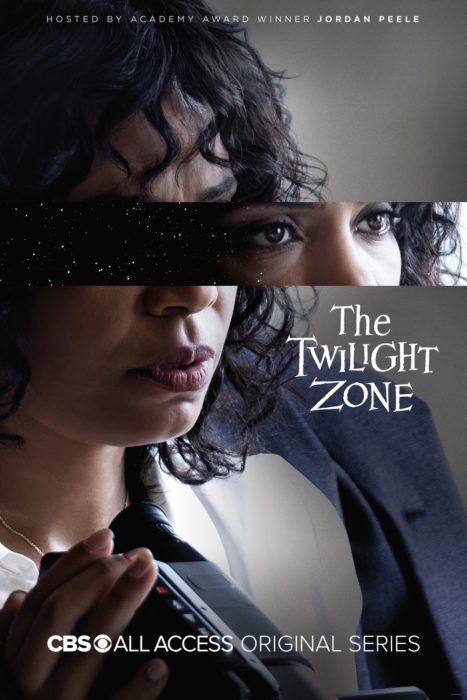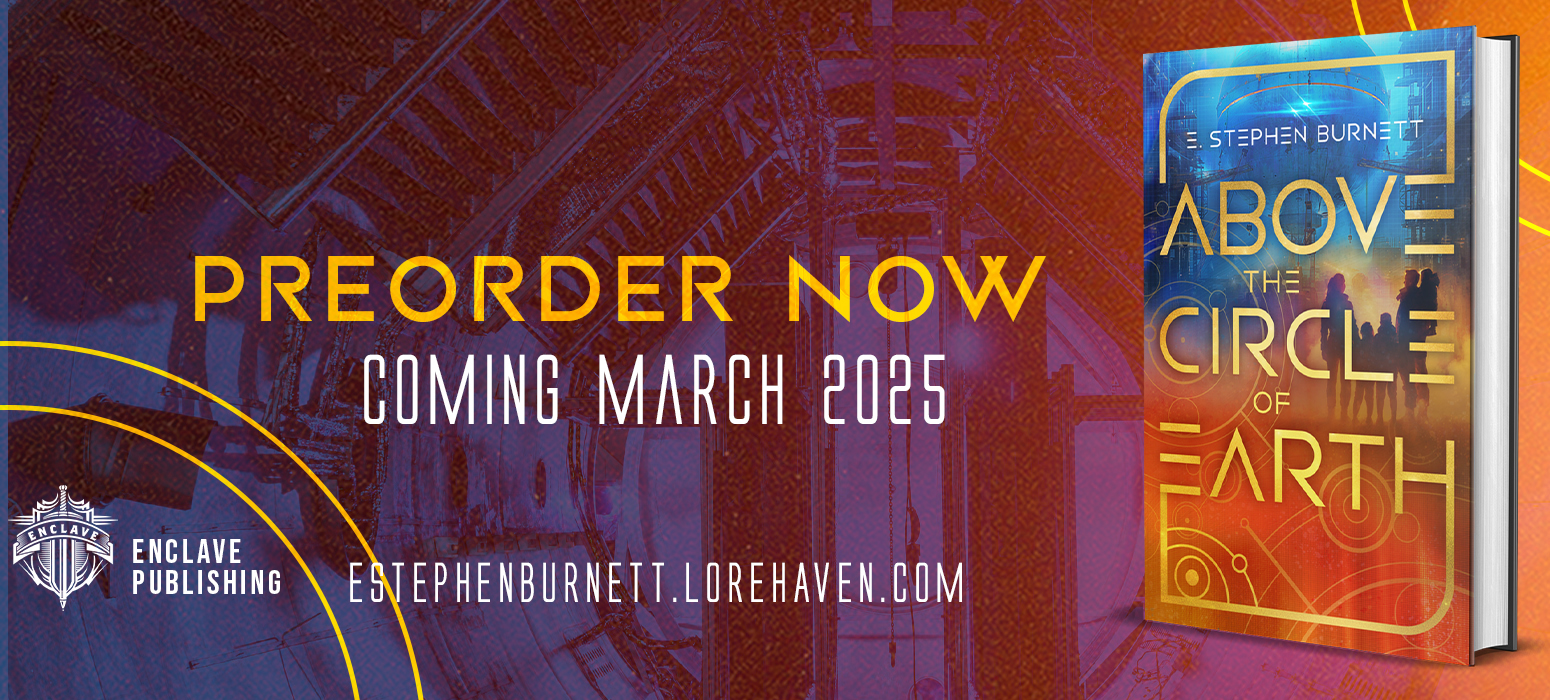This post combines four different personal blog posts I did on science fiction story settings that relate to the human brain. All of them play along with the idea that the brain is the center of consciousness (as many people believe) and when manipulation of the brain becomes advanced enough, life will completely change for human beings (if that should ever happen in the real world). These ideas include what we’ll call the Revive idea which relates to a “black box” for the brain, which would allow a person to be re-booted in case of death. But if the black box can be swapped between humans, then brains would become interchangeable, so spending time in another human’s body would be possible–perhaps making swapping out bodies like buying a new car. But if that were possible, then it might be possible to manipulate the inputs of what goes into the brains, allowing what I called “modular brains,” which receive data the human body was never designed to do. But if it were possible to swap out inputs, some people would want to re-live moments of famous people or play video games etc from the point of view of a body which was never actually theirs–we’ll call that the I Live You Very Much idea.
These ideas all have various forms of science fiction antecedents. One of the best-known today is the TV series Altered Carbon, which has a lot in common with my ideas about brains being interchangeable (though I haven’t watched the series myself, I’m told that’s what it does). But I did first blog this idea in 2012…Altered Carbon came six years later. Though there’s even earlier sci fi precedents for this kind of thing (and fantasy precedents for that matter). But combining them all together does wind up being uncommon, if not actually unique.
Note that talk of swapping out brains will raise in some readers’ minds questions about the soul and also about eternal life. I’ll briefly address some of these concerns near the end of this post. But first, let’s review my ideas on swapping out and altering brains in order:
Revive
Extra lives used to be a standard feature in video games even earlier than Pac Man and still remains a feature of some video games even today. Â Some corner of my brain wondered how that would work exactly, which inspired an idea for a new story setting.
In Revive, which I think would be more appropriate as an actual video game than a work of GameLit (though it could easily be both), a future exists where medical technology is so advanced that it’s possible to bring people back from the dead on a routine basis. Â This would be based on massive brain reconstruction after death and sophisticated chips implanted in the brainstem that record a person’s mental status at the time of death–a sort of “black box” for the human mind.
People who could afford the regeneration services could be routinely brought back to life–though a medical technology as advanced as this would probably be able to keep the very wealthy alive forever–that is, keep them from death of natural causes. Â Death would only come as a result of accidents or by some sort of violence.
The world of Revive would be violent in the extreme. Â With no more fear of death, ancient ideas of individual honor being resolved by personal combat would come back to life. Â The very rich would dominate the rest of society by their immortality–physically dominate it–acting with a lordly brutality that has a parallel in some vampire stories.
The main character I’d want to write would not be super rich–he’d be an elite soldier who is revived by the government on a regular basis to preserve his enormous knowledge of combat and the political situation. Â This character could have many possible motivations. One could be to maneuver through the political and personal combat machinations of the dominant families of the very rich with an eye to right the death of one of his friends.
Perhaps this type of story world could feature a war between a religiously-motivated underclass, led by a man like a futuristic Oliver Cromwell, who constitute an army of mortal soldiers, “roundheads” of the future. They’d have many disadvantages, but their religious fervor could give them a boldness in the face of death even greater than the near-immortals. Perhaps they’d fight against the godlike immortals who spread fear over Planet Earth and any other realms where the humans in this story would roam…
The Interchangeable Brain
The “black box for the brain” idea I discussed in my suggested video game concept (here’s a link to the original post) carries with it some interesting implications:
If it really were possible to record the total neuron function of the brain and map its structure in such a way to capture its memories, allowing the brain to be rebuilt, that would also logically allow a person’s brain to be placed in a head other than the one it came from. For my story idea, that would mean that people would not just medically come back from the dead, they might come back as someone other than who they used to be–a futuristic, surgical-based version of reincarnation.
Please note I’m not stating it actually would be in any way possible to record total neuron function. It might be possible, but I think even if so it would be very difficult–there are just so many neurons. Nor do I consider it probable that any such surgical reconstruction on a cellular level will ever really happen–though it makes sense to me that bringing a person back from the dead with the exact same brain they used to have would require cell-by-cell replacement, exactly reproducing each cell of the original brain. As I understand it, it’s the exact configuration of your brain that makes it carry the specific information that makes you who you are. Nothing short of total reconstruction is plausible to me as a means to bring someone back from the dead–or to make a brain “interchangeable.”
That I doubt this could ever happen shouldn’t stop a writer from crafting a story where it somehow does happen.  And if a brain can be reconstructed to bring someone back to life, again, that would allow bringing them back with their brain in someone else’s body.  Applied to the Revive game setting, that could mean the very rich who revive themselves perhaps would choose to come back in a different form on a regular basis–switching from male to female, or between races, for example (though some individuals or the even majority even might prefer to always be themselves). They could have the procedure done even if they had not passed away. Waiting for death would seem to be a good idea, since such radical surgery might well be risky and certainly would be expensive, so many might choose to undergo the procedure only when strictly necessary, i.e. after death. But others might have it done at other times. In story terms it could mean that the villain is very difficult to find because he is always changing who he is–or who she is.
And if a brain can be surgically reproduced in such a way it could be placed in a body other than the one it belongs to, why couldn’t someone make multiple copies of the same brain? (yes, this brings up implications concerning a soul I’ll address sin a bit) Especially if this were frowned upon or illegal–the law may say you are allowed only one brain and doctors are forbidden to do more than that. But the antagonist has found a way around that rule so that he
and she, or she, she, and he–they–act together to foil the hero in a way he never understands at first, because there is only one of him (or her) andÂ
many of them, many exact copies of the same interchangeable brain and personality working together, masked by differing bodies…

The Modular Brain
This permutation of the idea of altering brains originated in me wondering if humans like to kiss because the mouth is the part of the face, which (in my wild speculation) is the part of the body most closely associated with our conscious self, the part of the mind where we mentally abide, our own internal living room as it were (as if the face, including vision, were the primary window the conscious mind uses to connect to the world, whereas other means are more distant, like windows in a basement you can access but have to move your vantage point to do so). As opposed to our subconscious, which is perhaps more connected to inner parts of your body, like your internal intestines or kidneys. Things you can feel but normally are not aware of unless you are in pain, like your breathing or how your knee is operating, would occupy a borderline between the conscious and unconscious mind.
As I was thinking about this, an image of old Nintendo style game cartridges plugged into a human skull popped into my head. What if it were possible to have a living human being with a modular brain, a plug & play brain system?
This is would be just one aspect of being a cyborg and of course being a cyborn is not original to me. Perhaps possibly though it is original to think of writing a science fiction story in which different parts of the brain could be mixed on a modular basis. So I could match the conscious mind of a human being with the brain control to operate the limbs of an octopus. Or horse. Or an alien creature. Or a story could flip the subconscious so it operates machinery, while the conscious self perhaps believed it was still fully human. Or I could plug an alien conscious mind into human limbs…Etc.
Or more narrowly, what if you could pick eagle eye input, bat sonar, and an elephant nose input to be fed into one brain? And the brain parts would be adapted in this form of plug & play to be able to process these unusual inputs and harmonize them into the whole system? Like a sort of mental USB that in these examples, connected to exterior sensors?
What if wholly internal thought processes were subject to his same modularity? So you could adopt Vulcan logic as a plug-in and swap it out for a Klingon battle mindset when you needed it? (The possibilities seem endless.)
What if a story featured fine-tuning and customizing your own brain as a major industry of the future?
I Live You Very Much
So if you could fine-tune your brain and capture brain memories, what if an industry sprung up around people selling their life experiences? (This idea, by the way, was inspired by a friend commenting that her spell check corrected her writing “I love you very much” to “I live you very much”…)
Imagine a story setting in which you could assume the body of another person. Any other person, living or dead, complete with their memories.
Something like my idea has been done in a variety of ways in the past. An original Star Trek episode featured a machine that was able to transfer a woman’s inner self, her soul if you will (though the episode didn’t use that term) into Captain Kirk’s body and vice versa. Later, in the movies, Doctor McCoy carries around Spock’s Katra, the Vulcan equivalent to a soul (given to him in a mind-meld) prior to it being returned to a new version of Spock’s body.
Stories have even featured robot surrogates that a person can project their consciousness into. Or on a technologically simpler level,virtual reality projections have been proposed in which anybody could assume the shape of anyone or anything in a highly realistic digital projection that hits all of a person’s senses.
But let’s take what all these previous stories have done and develop their notions further. Imagine a story world in which a human being could be rapidly grown from DNA samples, (which sci fi has done numerous times). Then the brain of this new clone could be reprogrammed with a person’s mind (again, as stated above, this has been written before). But to take this a step further, imagine a world in which careful genetic research could reproduce the bodies of people no longer living. Then implant their brains with recreations of their memories based on what is known of that person from history–and then place a living person into that system. You would not be yourself in another body–your would literally be, as much as science could reproduce, an actual figure from history. Your very thoughts would be changed, merged with those of the person you entered.
Figures from history would be very popular for this sort of thing, but so would living celebrities. Imagine living celebrities getting paid high royalties for allowing people to copy their memories. So that strangers could merge their thoughts and inner selves into the bodies of the rich and famous.
Note this sort of procedure could be done in a way that isn’t a merger–it instead could be set up so the stranger would be just an observer in another person’s mind. Playing back past experiences as if a movie–but with everything there. Smells, thoughts, bodily urges, the works.
Couldn’t a story like this feature a Jurassic Park type setting of historical figures? Or make it possible to put a as realistic as possible Napoleon in a battle versus Genghis Khan versus Julius Caesar?
The ability to load yourself into historic or celebrity brains would allow unique opportunities of learning about the lives of fascinating people from the past and present. Though for the historic figures, a lot would depend on the types of memories loaded into a brain and what DNA was used to create a person. People like Jesus or Socrates would be highly controversial. Because for them only some thoughts and experiences are preserved by history and any direct relatives from which DNA could be extrapolated are long since gone. (Though Jesus might be somewhat slightly a teeny bit more controversial than Socrates…). There would have to be multiple versions with radically different characteristics for further-in-the-past or obscure historical figures.
In theory, the same sort of reproduction of the past could be done digitally, without actual growth of clones or recreating brains. But genetic systems–what I would call in a story using this idea, “wet modeling”–would develop a complexity that due to the Heisenberg Uncertainty Principle digits may never be able to reproduce. And even if totally realistic virtual reality were possible in some super-technological future and were as good as cloning, some people might just prefer “wet models” anyway. So in an imaginable future world with sufficiently advanced technology, “I live you very much” might be an actual thing.
What About Souls? And Mortality?
I’m offering this idea up for use by anyone interested in using it, but if I were to write this up myself, I’d be interested in aspects of the soul in such a story. Perhaps someone who was revived would never quite feel like himself or herself again. The difference perhaps would be mild, but perhaps would be profoundly disturbing.
Perhaps an attempt to make multiple copies of a brain would fail for mysterious, inexplicable reasons. Perhaps a single brain could be brought back–but for reasons the brain scientists in the story don’t understand, the copies are notably different from the original. (The reason would be there’s only one copy of a soul, which a story would imagine cannot be xeroxed…)
I’d also feature people who refuse to undergo “Revival” even though they can afford it, because they cling to the religious concept that humans are supposed to be mortal. Though emphasizing that even those who copy themselves would eventually die would also be important.
But let’s explore the theoretical possibility that the soul is at least partially a product of brain function. What if the soul really does come from the brain, but is immortal because God retains a copy of it in His memory? Like a heavenly “cloud” drive (pun intended) that backs us up at all times?
So as an alternative to what I suggested above about failed copies or not-quite-so revivals, perhaps a story could portray people coming back exactly as they used to be–or very close anyway. Again, not that I think such surgery will ever be possible, no matter how advanced medicine may become…
A Christian Motivation
The reason to tackle this sort of story as someone who has Christian convictions would be because it gives the opportunity to ask: “What is the difference between the contents of all a person’s memories and the soul? What does it really mean to be who you are? Is it possible to think radically different thoughts, ones you’d never thought before, and still be yourself when you’re finished?”
That leads to how I would carry out such a story. I’m make it so that radical alterations including merging your mind with another person’s mind would be filled with unexpected failures and unpredicted reactions. Even in such a super-technological world as the one I’ve imagined, God is the master of circumstances, not we human beings.
And I would say that thinking someone else’s exact thoughts, or experiencing the world as another creature even, even for a short time, would change who you are. There would be no going back to thinking the exactly same way as you had beforehand, not entirely. The Bible itself states in Proverbs and elsewhere that what people think reflects who they are.
Conclusion
So what are your thoughts on this mini suite of story ideas? What have you seen or read that’s similar? What ideas would you be interested in exploring?
(By the way, my podcast covering this same topic in different words is at: https://travissbigidea.podbean.com/e/free-original-storworld-ideas-part-9-the-interchangeable-black-box-brain/)
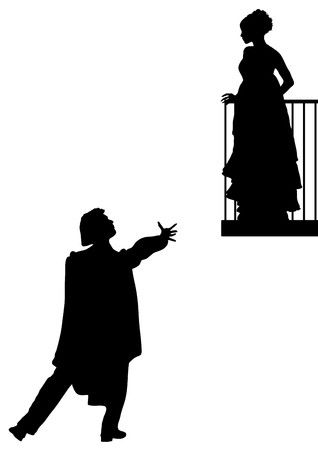 had intended to never read Romeo and Juliet. But it was the next story in the collection and so, for a sense of completeness, I read it. The play has four centuries of hype to live up to and, as you would expect, it doesnât.
had intended to never read Romeo and Juliet. But it was the next story in the collection and so, for a sense of completeness, I read it. The play has four centuries of hype to live up to and, as you would expect, it doesnât.
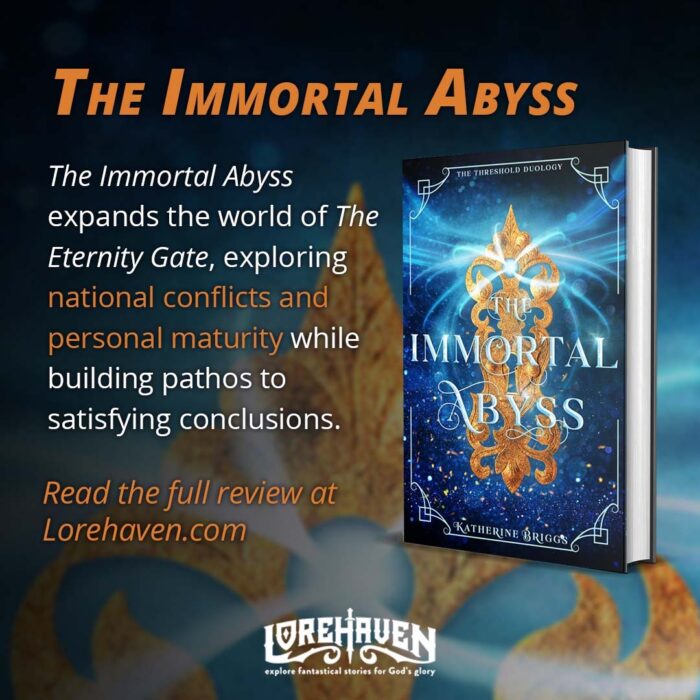



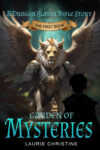
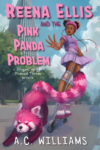
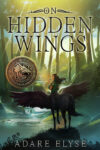

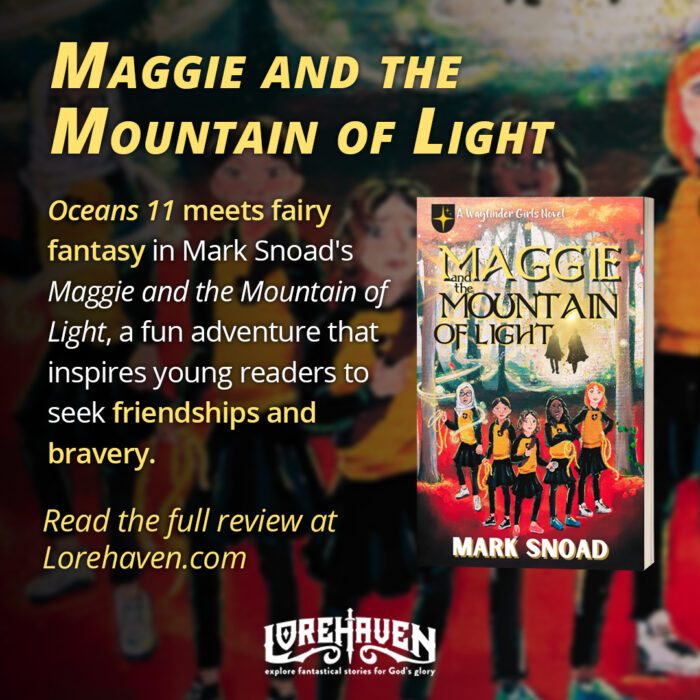
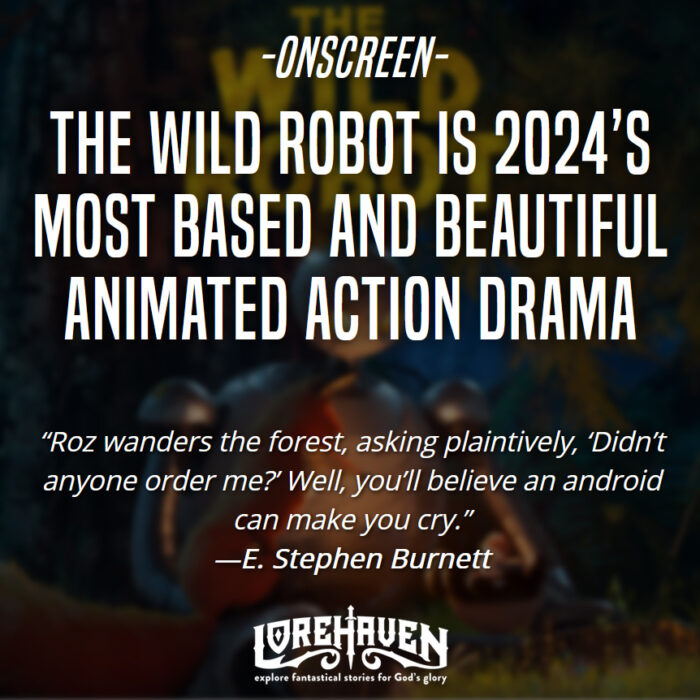
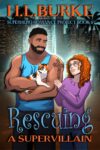

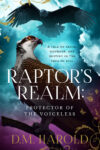
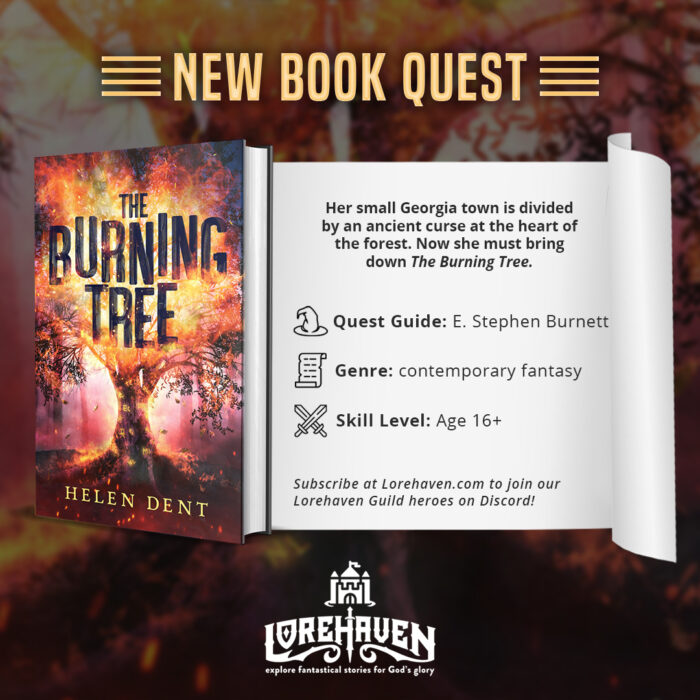

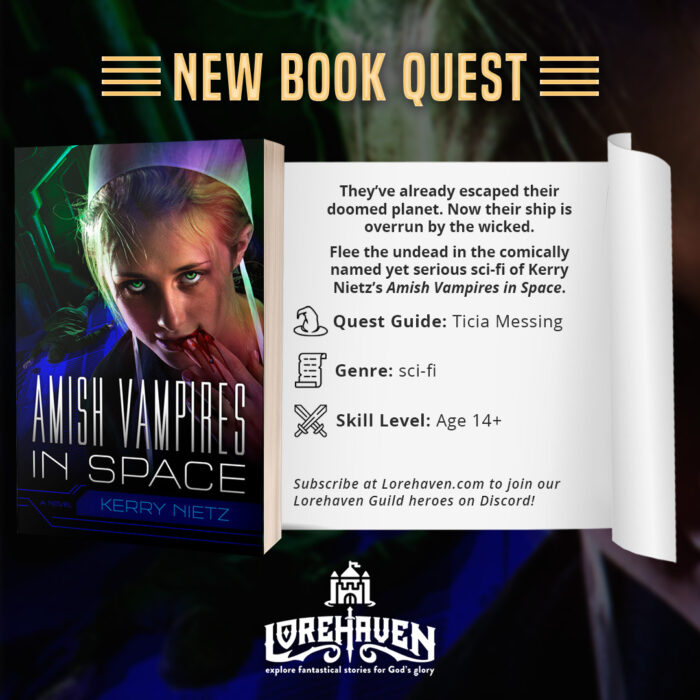



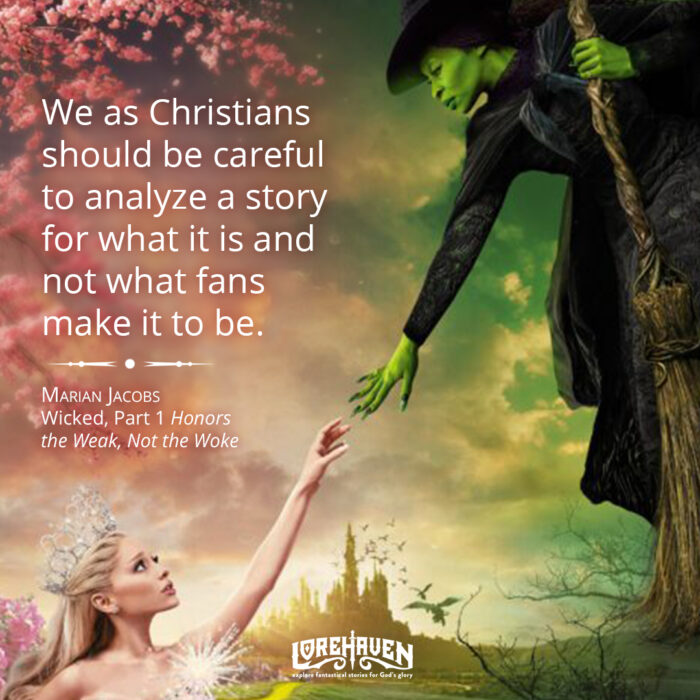
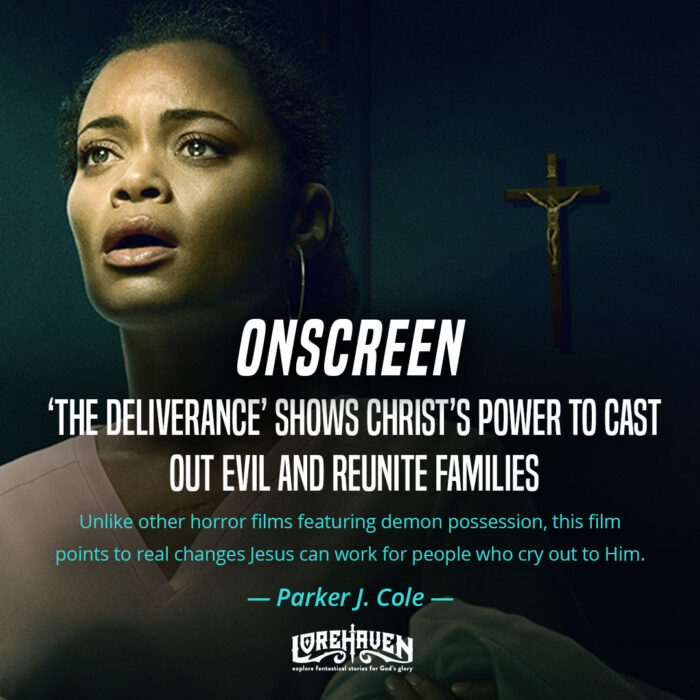

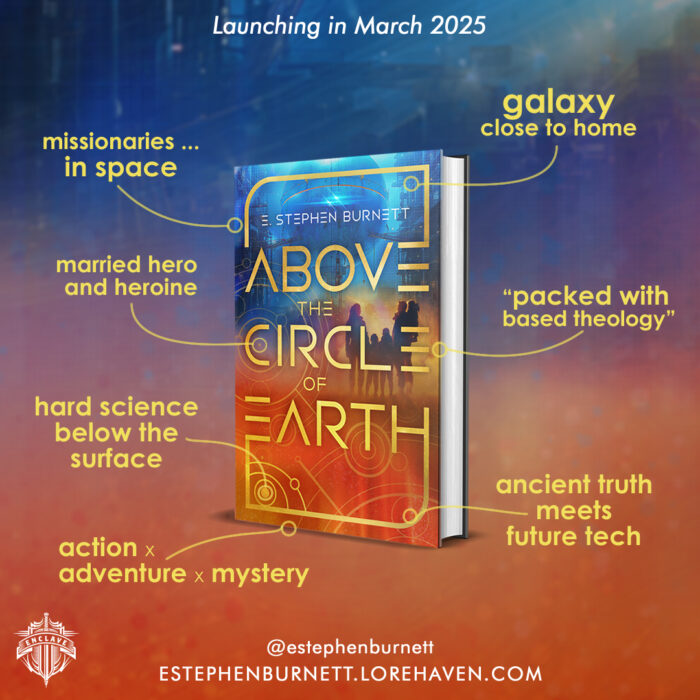









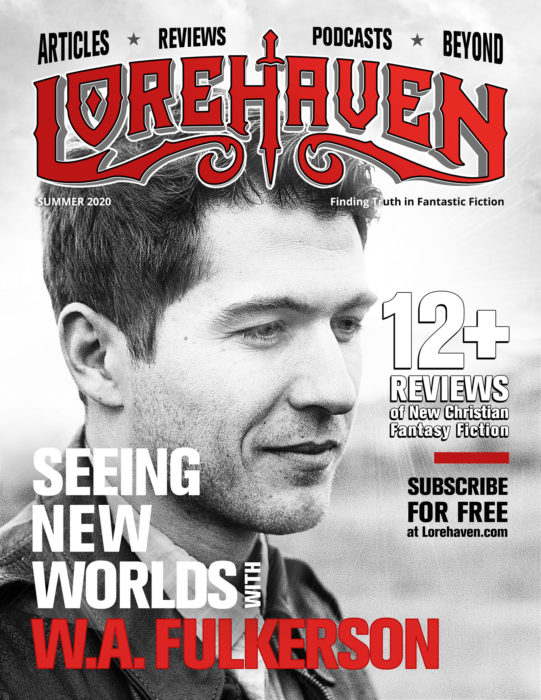
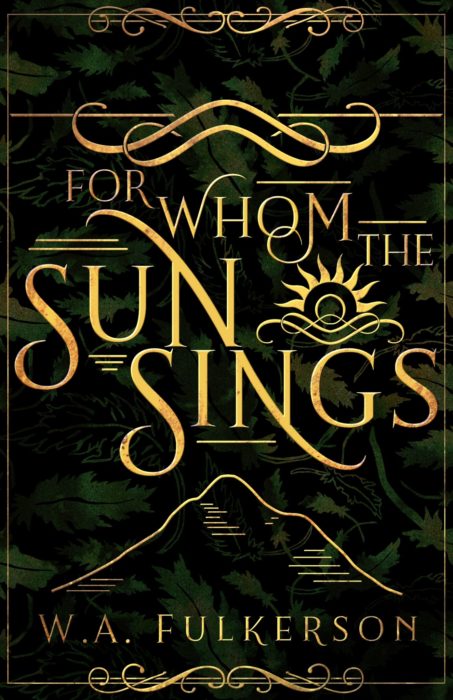
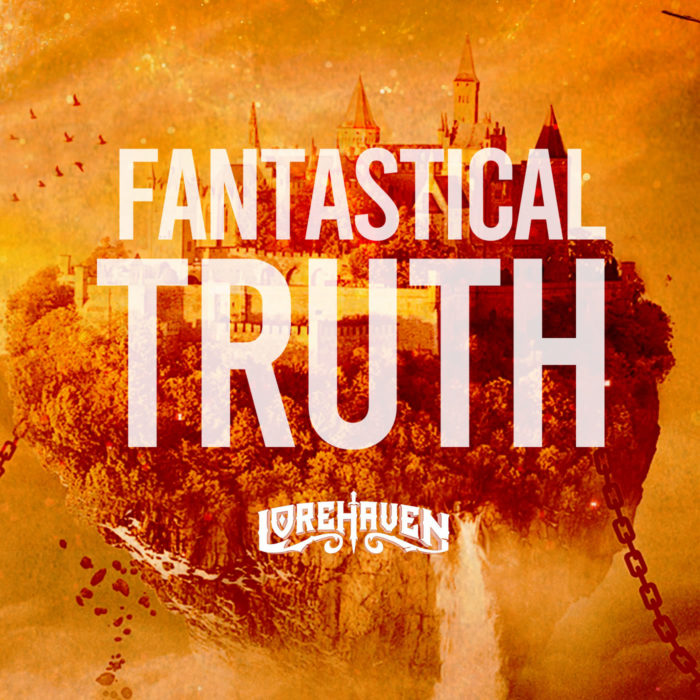

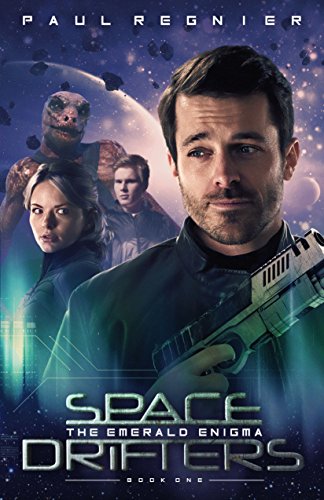
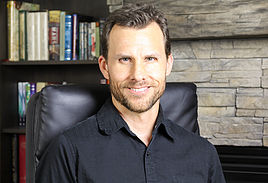 Speculative author Paul Regnier may not be a household name. I haven’t seen a lot of interviews with him or followed a blog tour that featured him. He does have an active presence on social media in places like
Speculative author Paul Regnier may not be a household name. I haven’t seen a lot of interviews with him or followed a blog tour that featured him. He does have an active presence on social media in places like  I first met Paul at the Mount Hermon Christian Writers Conference. A mutual friend introduced us, with the idea that we might want to include him in our small group of speculative fiction writers.
I first met Paul at the Mount Hermon Christian Writers Conference. A mutual friend introduced us, with the idea that we might want to include him in our small group of speculative fiction writers.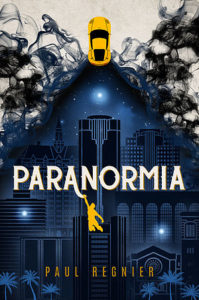 After completing Space Drifters, Paul went on to write and self-publish the Paranormia books which I’ve introduced here at Spec Faith (
After completing Space Drifters, Paul went on to write and self-publish the Paranormia books which I’ve introduced here at Spec Faith (

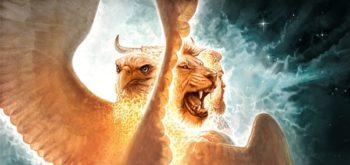

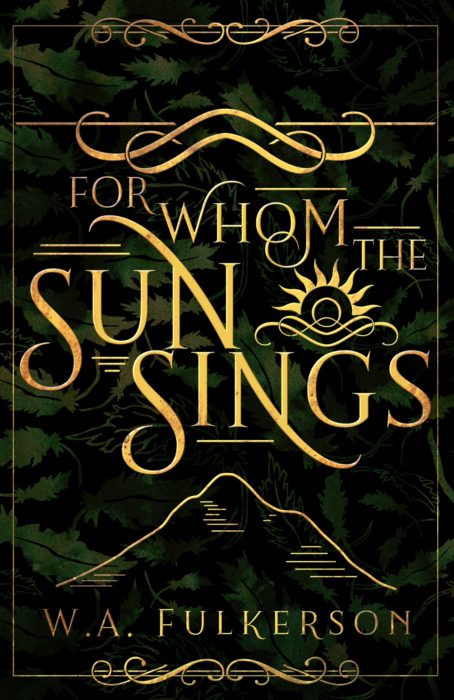 Cover story: âI Used to Want to Change the Worldâ
Cover story: âI Used to Want to Change the Worldâ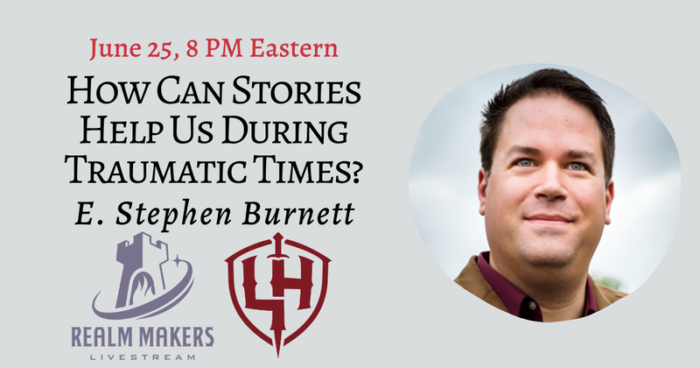
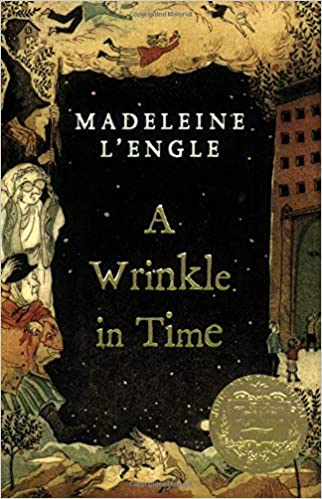
 Certainly there is a measure of truth in that position, but the issue that has constantly tripped me up here is the fact that godless men can use the same talent which originates in them from God, as a means to mock Him or discredit Him. See Philip Pullman as a poster boy for this position, with Dan Brown hanging his own poster right along side.
Certainly there is a measure of truth in that position, but the issue that has constantly tripped me up here is the fact that godless men can use the same talent which originates in them from God, as a means to mock Him or discredit Him. See Philip Pullman as a poster boy for this position, with Dan Brown hanging his own poster right along side. Recently I picked up a book entitled Total Truth by Nancy Pearcey, and in it she actually addresses this subject in a way that was more thoughtful than I’d heard before (because, yes, this discussion has been around for a while—perhaps the latest post here at Spec Faith on the subject was
Recently I picked up a book entitled Total Truth by Nancy Pearcey, and in it she actually addresses this subject in a way that was more thoughtful than I’d heard before (because, yes, this discussion has been around for a while—perhaps the latest post here at Spec Faith on the subject was  Secondly, she emphasizes that this approach to culture is not unique to writers. In other words, she is clearly saying, we should be Christians first, and then go out into the world and do the thing that God has called us to do.
Secondly, she emphasizes that this approach to culture is not unique to writers. In other words, she is clearly saying, we should be Christians first, and then go out into the world and do the thing that God has called us to do. I can see an argument being made for that approach, but then I wonder, are we saying that what sets a Christian apart from the culture is the words we don’t write or the sex scenes we don’t include in our stories? I’m not sure that’s creating a lens to interpret the world.
I can see an argument being made for that approach, but then I wonder, are we saying that what sets a Christian apart from the culture is the words we don’t write or the sex scenes we don’t include in our stories? I’m not sure that’s creating a lens to interpret the world.


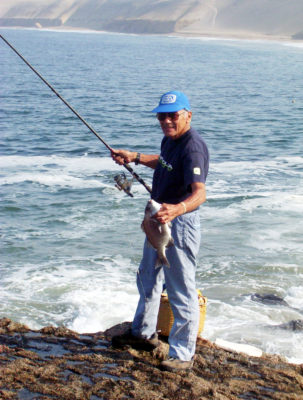 An engaging character is only one element. Another that keeps readers on the hook is to put tension on every page, as Donald Maass, author of Writing the Breakout Novel, says.
An engaging character is only one element. Another that keeps readers on the hook is to put tension on every page, as Donald Maass, author of Writing the Breakout Novel, says.